I have a nifti file 1.nii.gz
Now, i never dealt with nifti files.
So, just opening it using this software i realized that a nii.gz is a sort of container that contains 3 arrays of 2d pictures. In fact, if i scroll the mouse i can see 448 2d picture for the "direction" labeled in the picture as 1, 448 2d pictures for the "direction" 2 and 25 2d pictures for the "direction" 3.
After this, i opened the shell and i tried to use this nii.gz with Nibabel library
import nibabel as nib
img = nib.load(1.nii.gz)
But, if i type
img.shape
i get (448,448,25) as result, so it seems that this .nii.gz is a 3d matrix and not a container with 3 arrays of 2d pictures. Can you explain me ?
